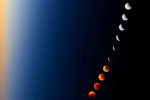 10 Terms
10 TermsHome > Industry/Domain > Astronomy > Moon
Moon
The Earth's only natural satellite. The moon has a cold, dry orb covered with many lunar craters and strewn with rocks and dust. The moon has no atmosphere. But recent lunar missions have found plenty frozen water on the moon.
Industry: Astronomy
Add a new termContributors in Moon
Moon
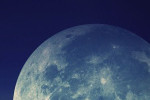
change of distance
Astronomy; Moon
Because of the loss of orbital energy to gravity from the Earth, the moon is very gradually moving away from the earth. In the very early history of the Earth, the moon looked about 3 times larger ...
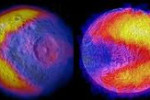
temperature on the moon
Astronomy; Moon
The surface temperature fluctuates from +300 degrees F during 2 week daystime to -270 degrees F during the 2 week midnight. this is because there is not enough atmosphere to keeo the moon warm at ...
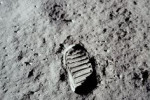
lunar atmosphere
Astronomy; Moon
The moon has almost no atmosphere, because of its weak gravity. All types of gas will escape from its surface. Without atmosphere, there is no wind or water erosion. The moon's surface is about the ...
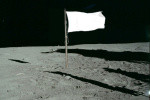
legal status
Astronomy; Moon
Though several flags of the United States have been planted on the moon, the U.S government makes no claim to any part of the moons surface. The U.S is party to the Outer Space Treaty, which places ...
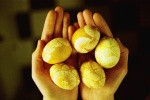
calculations of easter
Astronomy; Moon
Easter is the first Sunday after the first Saturday after the first full moon after the equinox. (The equinox is quite often March 21, but can also occur on the March 20 or 22.)

tides and the moon
Astronomy; Moon
The moon causes many of the tides in the earth's oceans, This is because of the gravity force between the earth and moon. at full moon and new moon, the sun earth and moon are lined up, producing the ...
Featured blossaries
Marouane937
0
Terms
58
Blossaries
3
Followers
The 10 Richest Retired Sportsmen
 10 Terms
10 Terms

